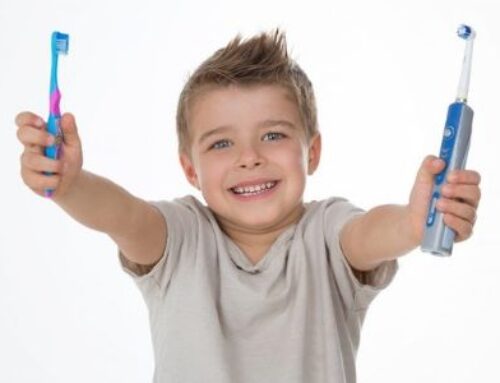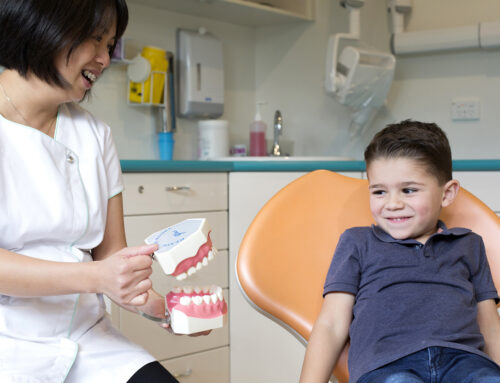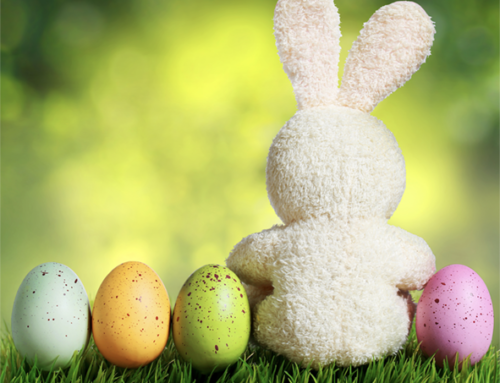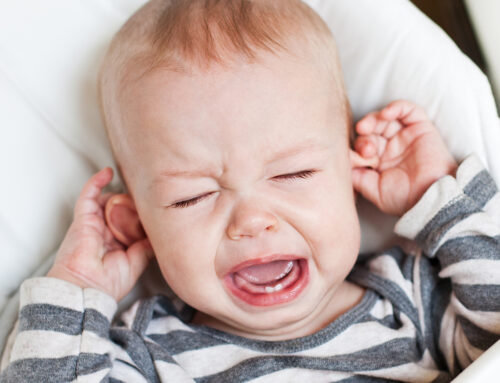In our lifetime, we have two sets of teeth. Baby teeth (milk teeth or deciduous teeth) are the first set of teeth to appear in your child’s early life. The second set are the adult teeth (permanent teeth). There are 20 baby teeth altogether and they begin to erupt around 6-8 months and continue to progressively erupt up to 3 years of age.
Children lose their baby teeth which are replaced by adult teeth typically starting at 6 years up until 13 years of age.
Which Teeth Are Baby Teeth?
Baby teeth are the first set of teeth to erupt in the mouth and are smaller and sharper. Comparing them to the adult teeth they will appear whiter and shorter. Their enamel layer (hard outer layer) is also thinner than in adult teeth (which makes them more vulnerable to dental decay).
Why Do We Have Baby Teeth?
• They create and reserve space for adult teeth that are growing under the gums.
• They give shape and definition to the face.
• They help your child learn to speak and pronounce words correctly.
• They play a role in good nutrition because your child can chew solid food easily.
• They give adult teeth a healthy start.
Sometimes a baby tooth can be lost (removed) earlier than expected (due to decay), causing the teeth behind to drift forward into the gap. This causes space
loss and crowding of the teeth as there is no longer enough room for the adult teeth to come through. That’s why it is important to form good oral hygiene habits from a young age to protect the teeth and keep them healthy until they are ready to come out naturally.
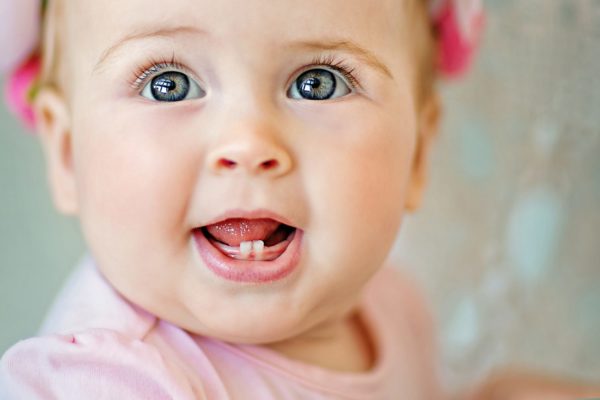
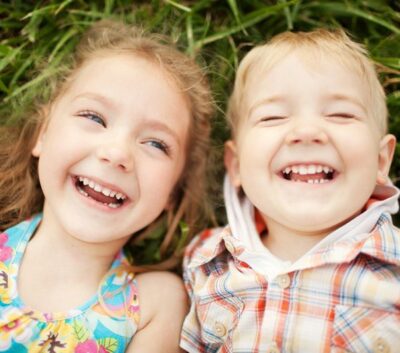
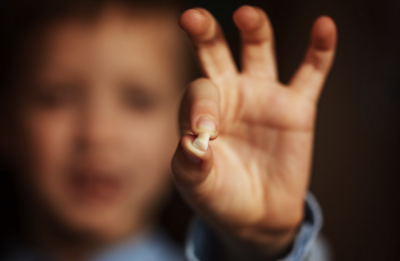
What is Exfoliation Of Teeth?
Exfoliation of teeth describes the natural process of the baby teeth shedding and falling out. At this point, the adult teeth are trying to erupt and push through the
gums to replace the baby teeth. Teeth typically begin to exfoliate from as early as 5 years old through to 12-13 years old where they will lose their last baby tooth.
Children will experience tooth eruption at different ages. There is no need for concern unless the teeth are not erupting in the correct sequence. If you think
there is a problem with the eruption of your child’s teeth, book in for a visit with us at Kiddies Dental Care.
YOUR CHILD WILL GO THROUGH 3 PHASES WITH THEIR TEETH:
PHASE 1. Baby teeth: Baby teeth and the sequence of eruption of these teeth. By the age of 3, your child likely has a full set of teeth!
Below is a guide where we focus on Phase 1: Baby teeth and the sequence of eruption of these teeth. By the age of 3, your child likely has a full set of teeth!
PHASE 2. Mixed dentition (a combination of baby and adult teeth)
PHASE 3. Adult teeth
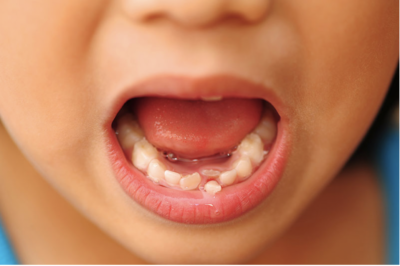
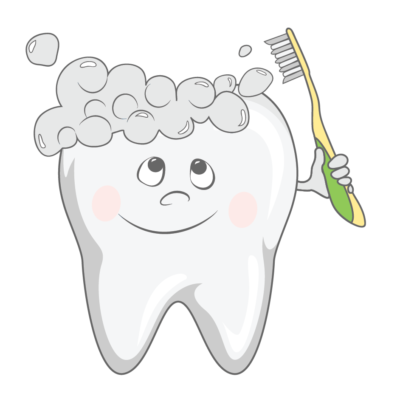
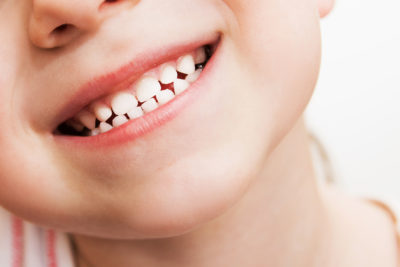
OUR FREQUENTLY ASKED QUESTIONS!
USEFUL DENTAL RESOURCES AND FURTHER READING
Here is a tooth chart that gives you a bit more information about the adult and when to expect these to begin erupting.
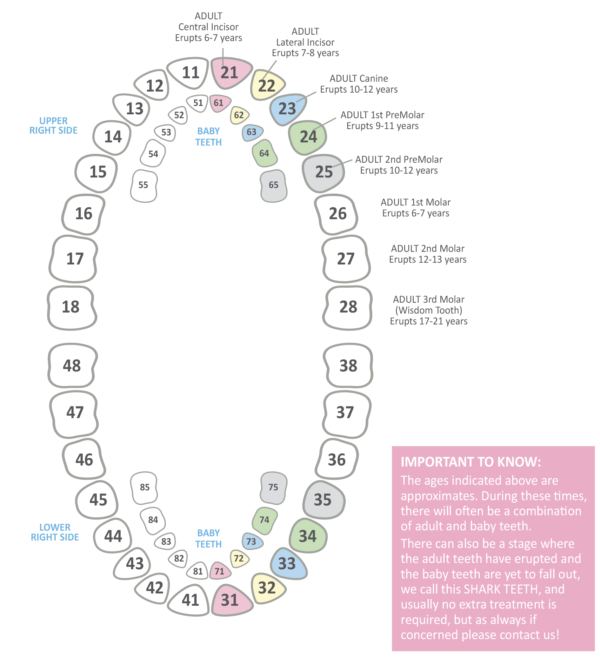
Thanks to our wonderful Oral Health Therapist, Tu-Anh
She works at our Essendon clinic.
If you would like to talk to her or any of our amazing team, about this or any other questions you may have, please contact us on 03 9372 8960.

